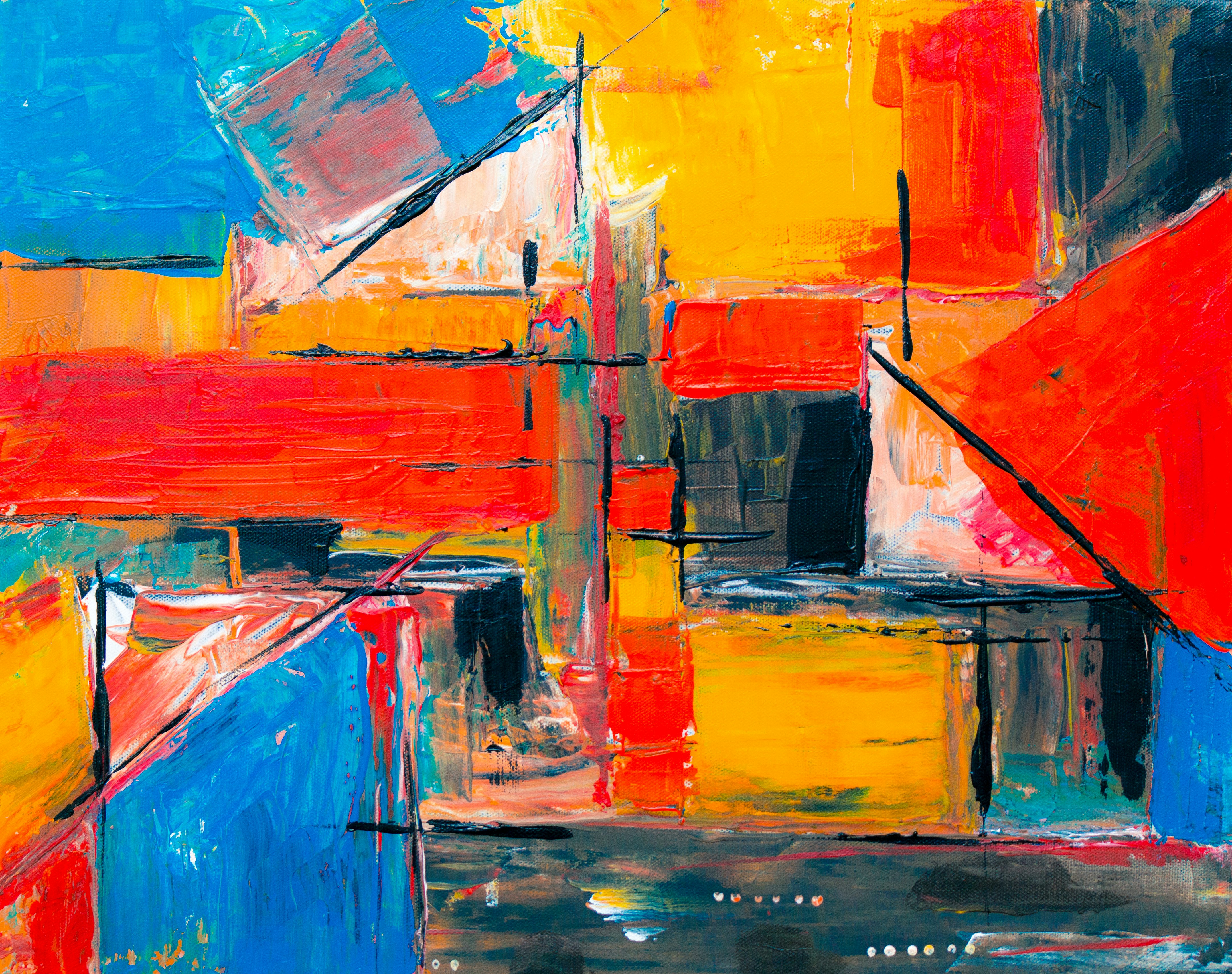Case Study: My Experience With

Tarot reading, an ancient divination practice, continues to intrigue and captivate individuals seeking guidance, insight, and spiritual enlightenment. Rooted in symbolism and mysticism, tarot cards offer a visual and symbolic language through which readers interpret past, present, and future events. This article delves into the origins, methodology, interpretations, controversies, and modern applications of tarot reading.
1 Picture Gallery: Case Study: My Experience With
Origins and Methodology:
The origins of tarot cards can be traced back to the 15th century in Europe, where they were initially used for playing card games before evolving into tools for divination and spiritual exploration. A traditional tarot deck consists of 78 cards, divided into two main categories: the Major Arcana, representing significant life events and archetypal themes, and the Minor Arcana, depicting everyday experiences and challenges.
Tarot readings typically involve a reader shuffling the cards while focusing on a specific question or area of concern. The cards are then drawn and laid out in a spread, with each position in the spread holding significance. The reader interprets the cards’ symbolism, imagery, and relationships to provide insights and guidance to the querent, or the individual seeking a reading.
Interpretations and Symbolism:
Central to tarot reading is the interpretation of symbols and archetypes depicted on the cards. Each card carries multiple layers of meaning, influenced by cultural, historical, and personal associations. For example, the Fool card may symbolize new beginnings, innocence, and spontaneity, while the Death card can represent transformation, endings, and rebirth.
Tarot readers rely on intuition, knowledge of traditional meanings, and personal experiences to interpret the cards’ messages. The context of the reading, as well as the querent’s energy and intentions, also play a crucial role in shaping the interpretation of the cards.
Controversies Surrounding Tarot Reading:
Despite its widespread popularity, tarot reading remains a subject of skepticism and controversy. Critics often question the validity and reliability of tarot as a divination tool, dismissing it as mere superstition or entertainment. Skeptics argue that any perceived accuracy in readings can be attributed to subjective validation, cognitive biases, and the placebo effect.
Furthermore, some religious and cultural groups view tarot reading as occult or spiritually questionable, associating it with practices deemed incompatible with their beliefs. This perception has led to stigmatization and marginalization of tarot practitioners in certain communities.
Modern Applications and Cultural Impact:
In recent years, tarot reading has experienced a resurgence in popularity, fueled in part by the rise of alternative spirituality movements, self-help culture, and social media. Many individuals turn to tarot as a tool for self-reflection, empowerment, and personal growth, using it to gain clarity on life decisions, navigate challenges, and explore spiritual themes.
Tarot decks featuring diverse imagery and themes have emerged, reflecting the evolving cultural landscape and catering to a wider audience. Additionally, online platforms and mobile applications have made tarot readings more accessible, allowing users to receive guidance from professional readers or conduct self-readings from the comfort of their homes.
In conclusion, tarot reading continues to fascinate and inspire people worldwide, offering a unique blend of symbolism, intuition, and insight. While controversies persist, tarot remains a valuable tool for introspection, guidance, and spiritual exploration for many individuals seeking meaning and direction in their lives. As the practice evolves and adapts to modern times, its impact on culture and spirituality continues to grow, enriching the lives of those who engage with it.
Lessons Learned from Years with
This post topic: Pets & Animals


